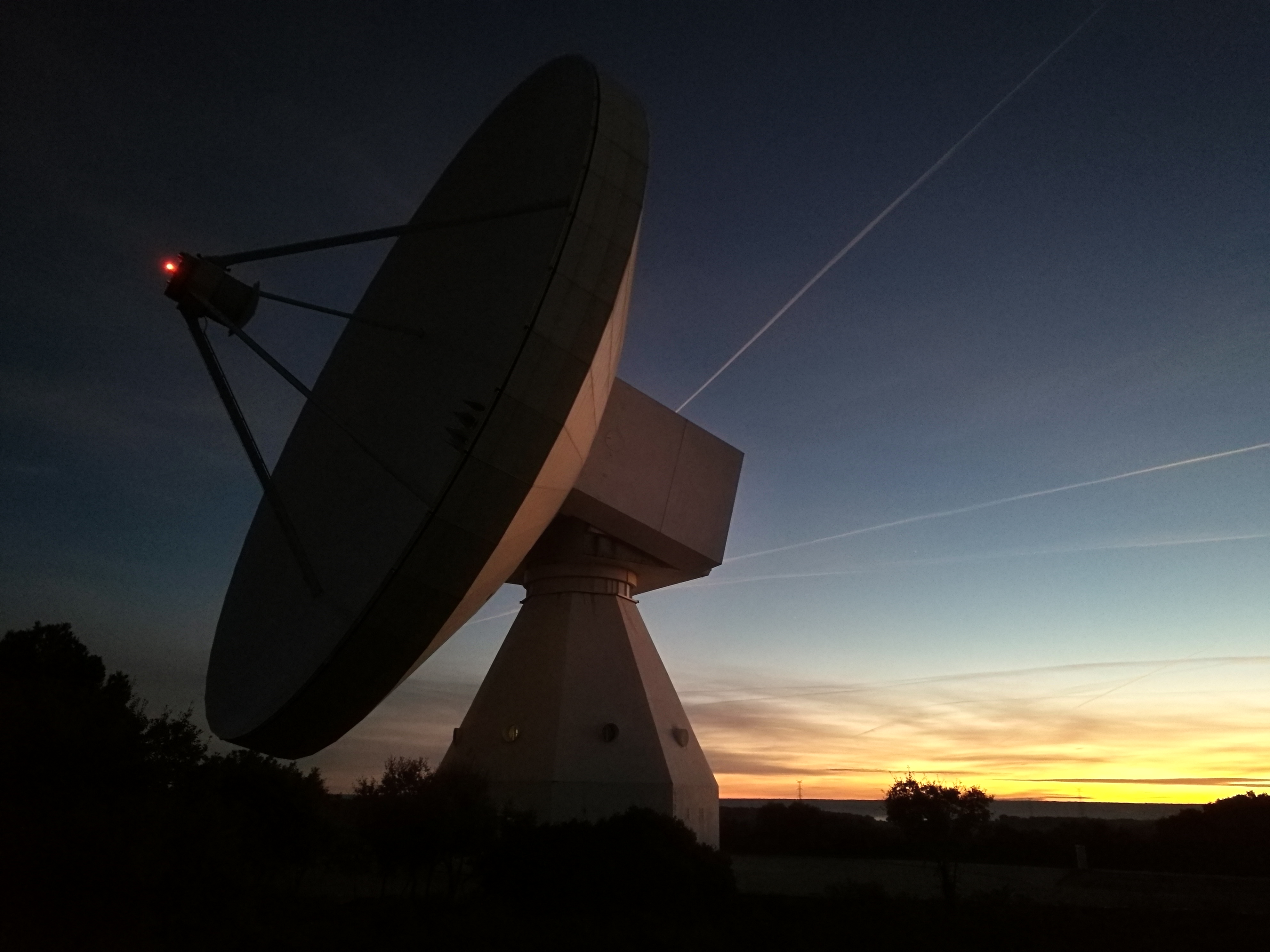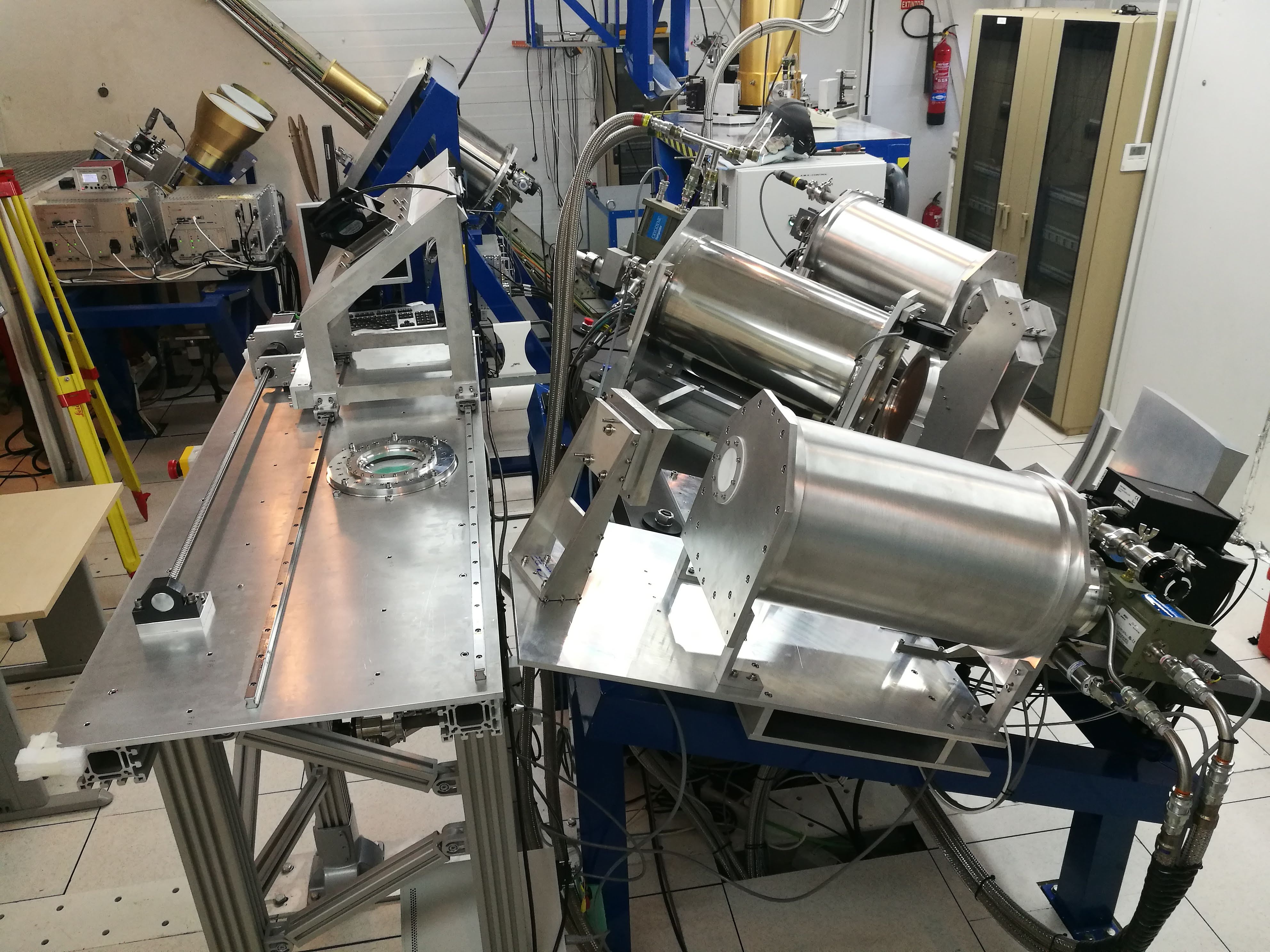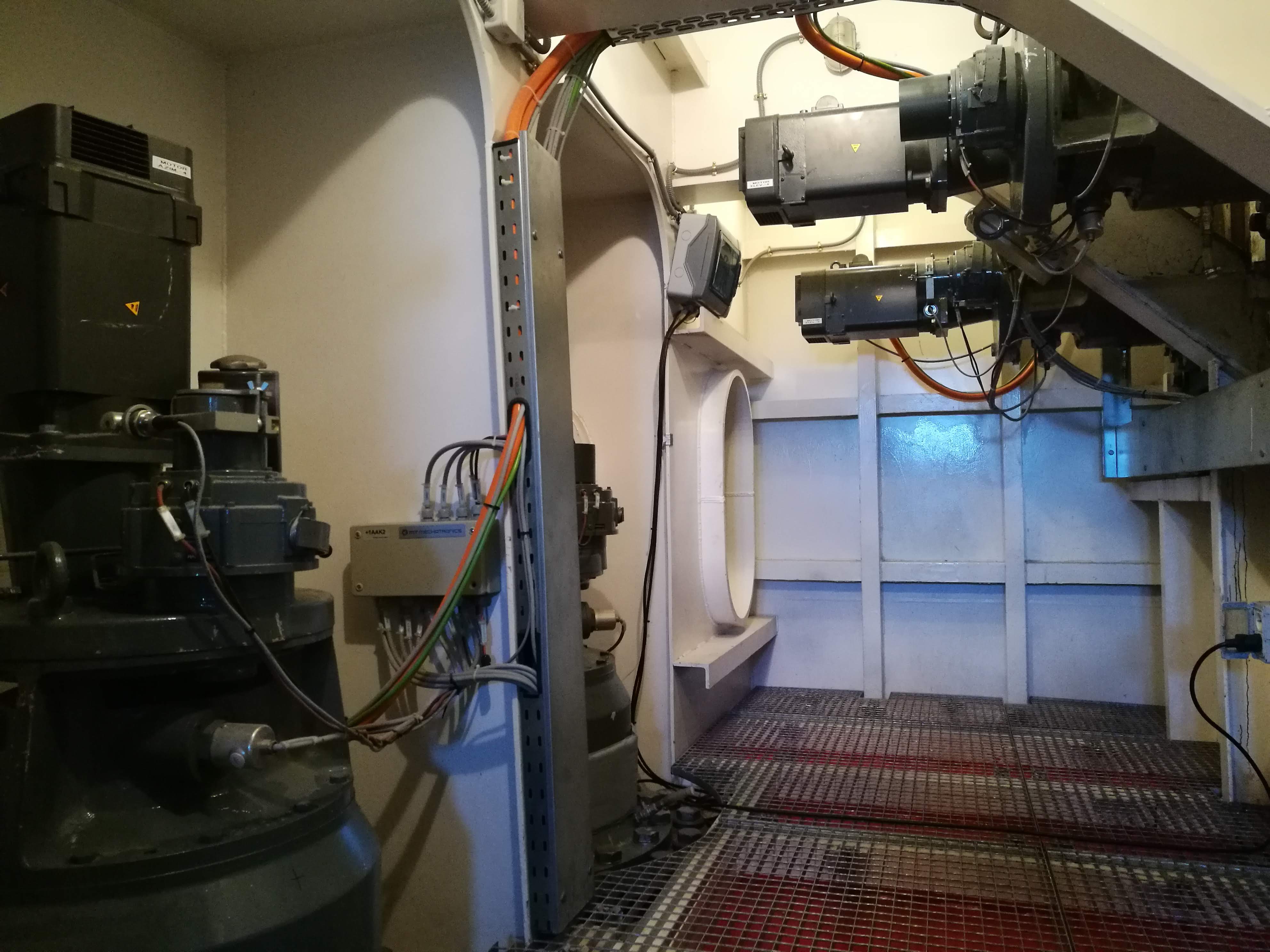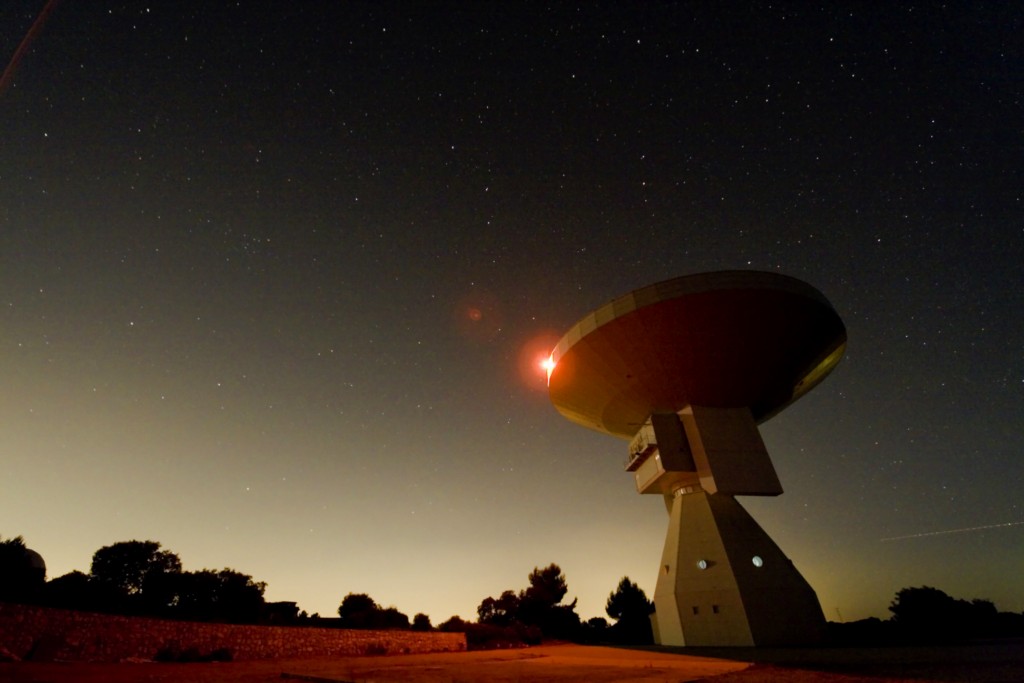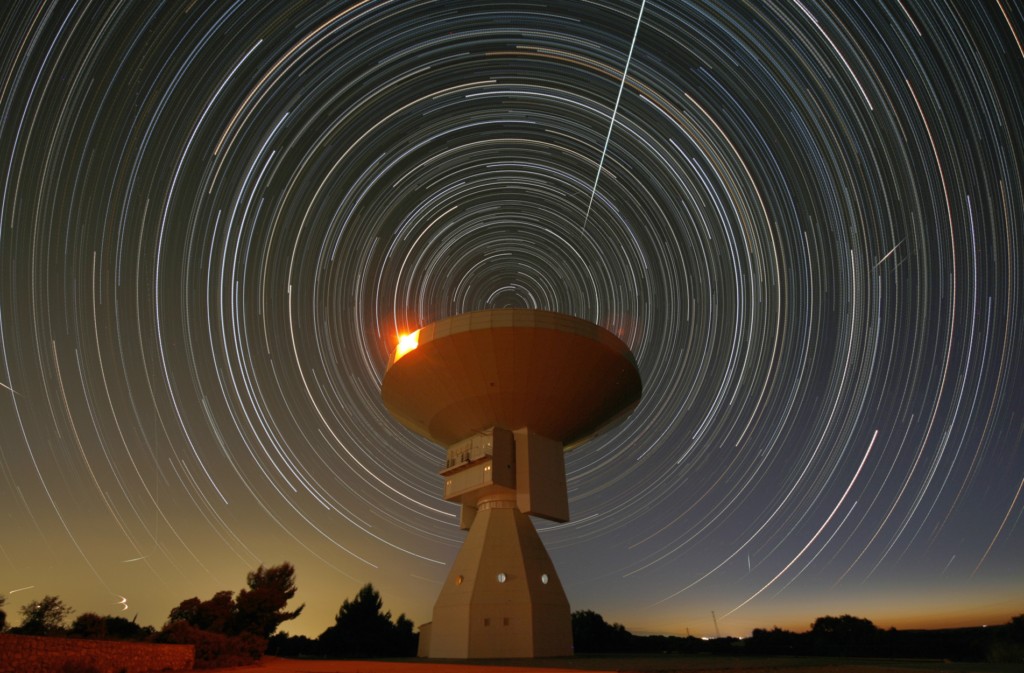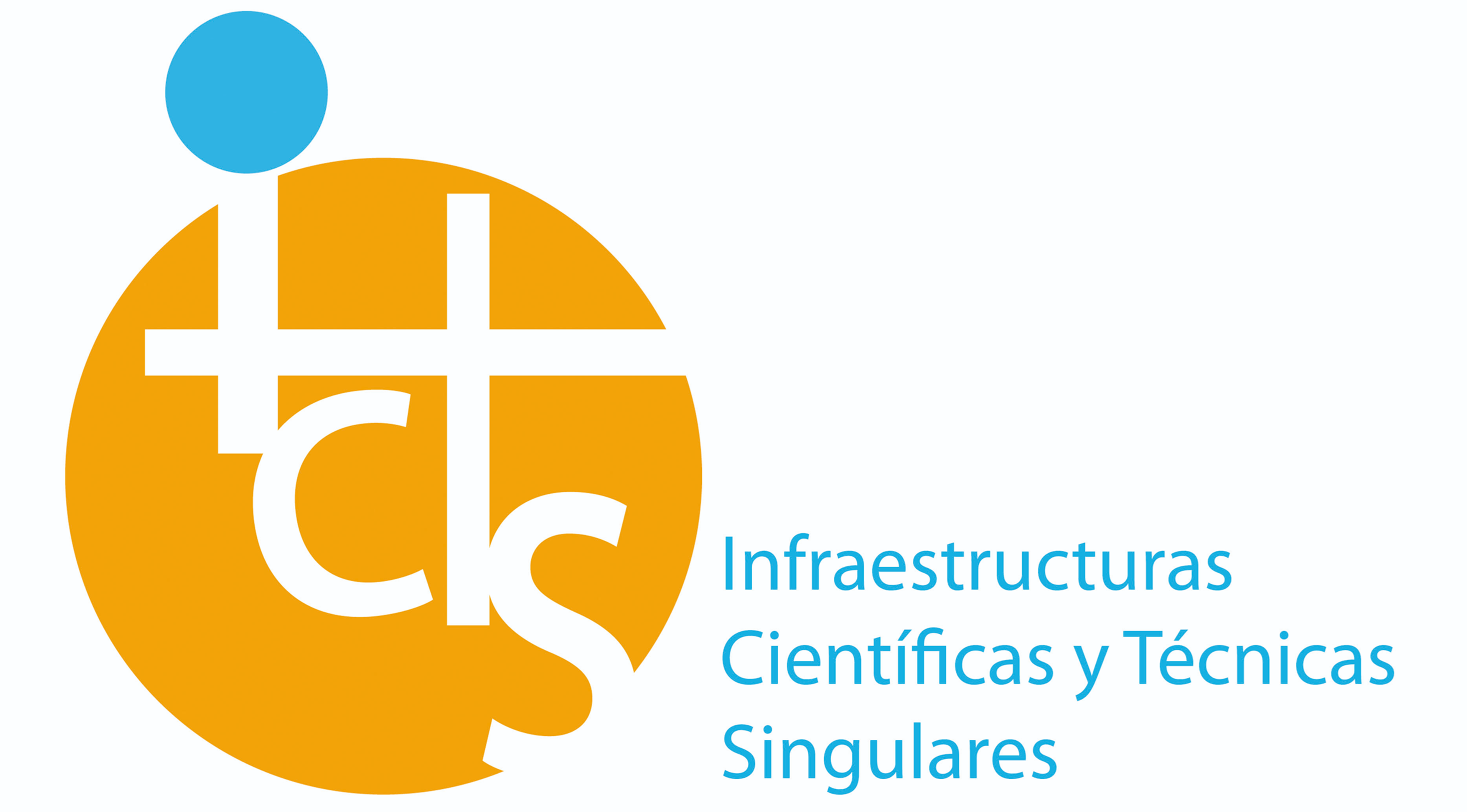40 meter radiotelescope
The 40m radio telescope is Nasmyth type, with a parabolic reflector, a hyperbolic sub-reflector, and focus on the receiver cabin that materializes through flat or curved mirrors. The telescope moves in azimuth and elevation, and its mount is a high-azimuth rotating head. The collecting surface is made up of 420 Aluminium panels whose position on the structure can be adjusted manually. Its structure follows a homological design.
The radio telescope has cryogenic radio astronomy receivers in various frequency bands between 2 GHz and 90 GHz. It also has spectroscopic and continuous radiation backends installed after the receivers. The data are digitizated and recorded at hogh speed using ultra-stable frequency and time references. Numerous auxiliary electronic and measuring equipment are in place to help in the engineering and maintenance tasks.
The design and manufacture of the receivers and the frequency down-conversion modules are carried out at the observatory. The radio telescope control system, as well as the programs for the first data reduction, are also designed and developed by the Observatory staff.
The 40m radio telescope is dedicated to both “single dish” and Very Long Baseline Interferometry (VLBI) observations.
Single dish observations are typically made in three frequency bands: 18-26 GHz, 32-50 GHz, and 72-90 GHz. They are mainly focused on the study of the interstellar and circumstellar medium of our Galaxy through molecular spectroscopy. Access to the telescope to perform these observations is made through periodic calls. Proposals are evaluated by a program committee.
VLBI observations are made in conjunction with other radio telescopes in the rest of the world. The observation frequencies used are 2 GHz, 5 GHz, 6 GHz, 8.4 GHz, 22 GHz, 43 GHz and 86 GHz. The 40m RT is integrated in several international networks: the European VLBI Network (EVN), the VLBI millimetric GMVA network, the International VLBI Service geodetic network and others such as KaVa and Radioastron. VLBI observations proposals are evaluated by the EVN and the GMVA program committees.
